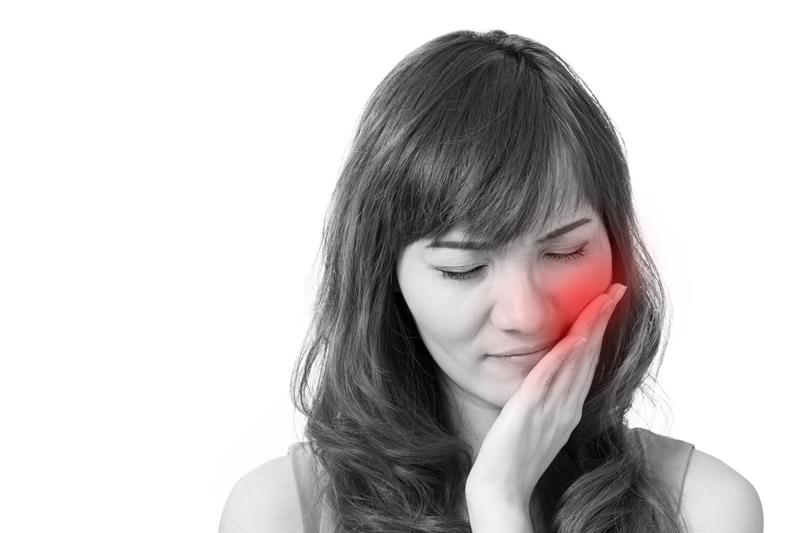 Malocclusion or misalignment of the teeth is the most common orthodontic problem. The word literally means “bad bite” and describes a group of orthodontic disorders in which the teeth do not fit together properly. Ideally, the upper teeth should fit over the lower teeth very slightly, while the points of one molar should fit neatly into the grooves of the opposite molar.
Malocclusion or misalignment of the teeth is the most common orthodontic problem. The word literally means “bad bite” and describes a group of orthodontic disorders in which the teeth do not fit together properly. Ideally, the upper teeth should fit over the lower teeth very slightly, while the points of one molar should fit neatly into the grooves of the opposite molar.
Malocclusion generally runs in families. It can also be caused by abnormalities or injuries of the jaws and habits like thumb sucking or tongue thrusting that persist beyond a given age. If untreated, malocclusion can affect a person’s physical appearance and self-esteem. It can also increase the chances of tooth decay and tooth loss. The more severe forms of orthodontic disorders can interfere with speech and chewing.
Protrusion, also called overjet or “buckteeth,” is the most common type of malocclusion. In this condition, the upper front teeth extend too far forward and can even protrude over the lower lip. Protruding teeth can be vulnerable to chipping and other types of damage. An overjet can also cause abnormal wear on the lower teeth, irritation of the gums and jaw problems.
Crowding is another common problem, and it occurs when there is too little space in the jaw for the patient’s teeth. As a result, some teeth are pushed back, while some are pushed forward, and still others are pushed to the side. The teeth are too close together, and some are actually overlapping.
Crowding makes it hard to clean the teeth, and it greatly increases the chances of tooth decay as a result. Crowding can sometimes be caused by an unusually narrow upper jaw. In such cases, our orthodontist may recommend a palatal expander as part of the treatment.
An overbite or deep bite is a condition in which the upper front teeth overlap the lower front teeth to an excessive degree. It differs from an overjet in that the upper front teeth don’t protrude beyond the lower lip. In addition, the upper front teeth in an overbite remain vertical, while those in an overjet become partially horizontal. Since the teeth don’t fit together properly, an overbite can cause problems chewing and increase wear on the teeth. In the worst cases, the lower teeth can bite into the palate.
An underbite is the opposite of an overbite; the front lower teeth overlap the front upper teeth. The condition is usually genetic. Underbites are caused by a lower jaw that extends too far forward. In some cases, the lower jaw is simply too large, but in other cases, the upper jaw is too small. Underbites can make chewing difficult, and they can lead to gum and tooth problems.
In an open bite, the upper and lower teeth don’t meet at all. Anterior open bites involve the front teeth, while posterior open bites affect the back teeth. Open bites impede chewing and can make normal speech difficult; some patients develop a lisp. Open bites can be caused by jaw problems, but they can also be caused by habits like thumb sucking.
Dr. Ingberman and her team at Brace Central are well-trained and highly experienced in addressing a wide variety of orthodontic disorders. When you come for an appointment at her office in Brooklyn, you can learn about ways to address your specific condition so that you can smile with confidence. Contact her office today to schedule your orthodontic appointment.

